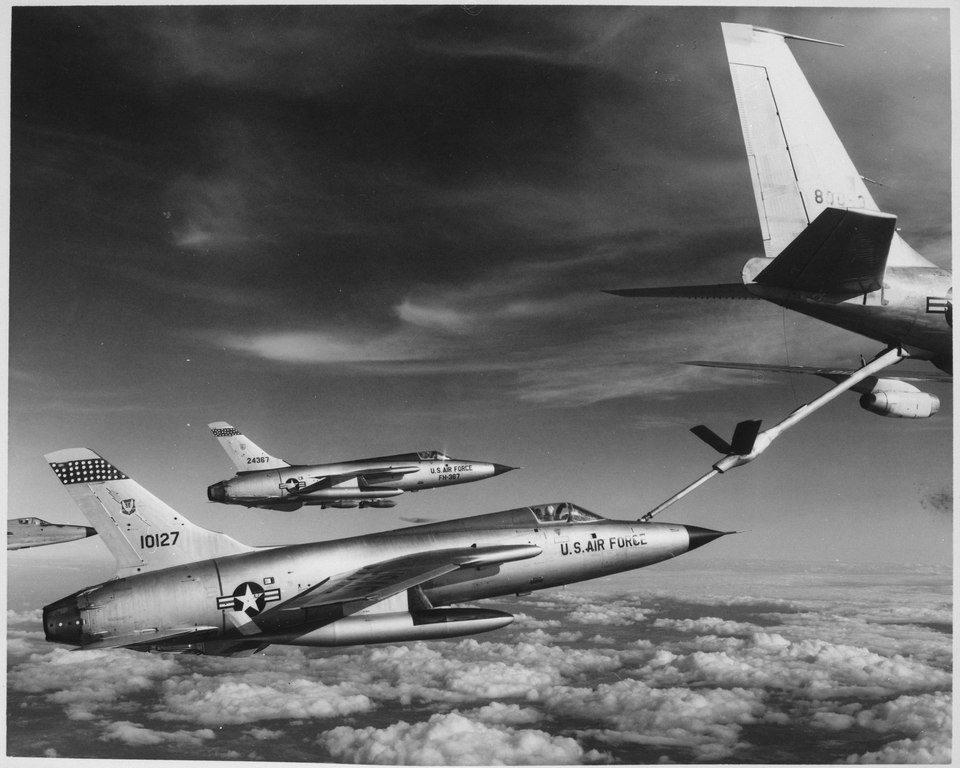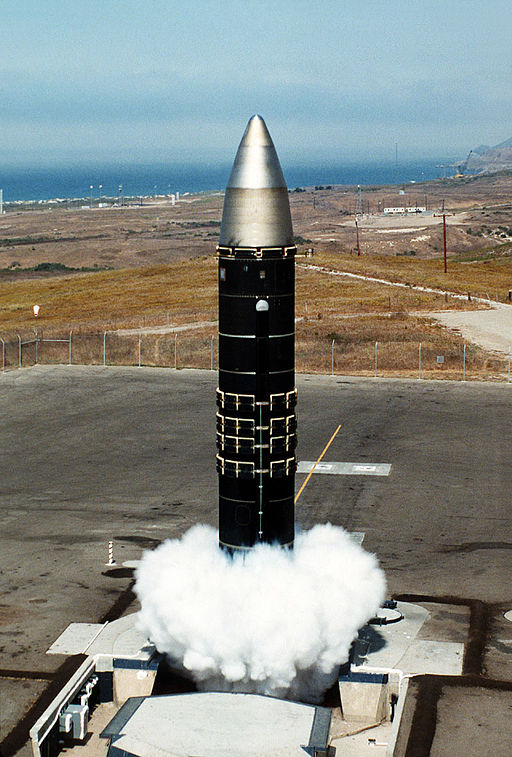The F-14 Tomcat, a pinnacle of engineering sophistication, stood as a sentinel in the skies during its operational tenure with the US Navy. This formidable aircraft, laden with technological advancements, held numerous secrets beneath its steel feathers. Here, we delve deep into five of the most epic aspects of the F-14 Tomcat, unwrapping the engineering marvels that positioned it as one of the most remarkable fighter jets in history.
1. Digital Flight Control System (DFCS): A Technological Vanguard
In an era dominated by analog systems, the F-14 marked a significant leap forward with the integration of a Digital Flight Control System (DFCS). This state-of-the-art system constantly analyzed a plethora of flight parameters and autonomously adjusted the control surfaces to prevent undesirable flight conditions. The heart of this system lay in its ability to balance stability and control, modulating the aircraft’s behavior to ensure optimum performance at all times.
Engineers would appreciate the underlying complexity of this system, which encompassed intricate algorithms capable of computing numerous variables simultaneously. The DFCS allowed for a smoother and more stable flight even when carrying varied payloads, and the integration of this digital system reduced the pilot workload, permitting them to focus on mission-critical tasks. It symbolized a paradigm shift in aviation technology, ushering in an era where digital systems would gradually dominate the cockpit, paving the way for even more advanced flight control systems in future generations of aircraft.
2. The AN/AWG-9 Radar System: A Quantum Leap in Airborne Radar Technology
The AN/AWG-9 radar system housed within the F-14 was nothing short of revolutionary. Capable of tracking up to 24 targets simultaneously within a range of 195 miles, this radar system provided an unprecedented situational awareness on the battlefield. Engineers would marvel at the intricate circuitry and the complex signal processing algorithms that powered this system, allowing for precise target acquisition and tracking.
Beyond its tracking capabilities, the system was instrumental in facilitating the long-range AIM-54 Phoenix missiles, creating a formidable weapons platform capable of engaging multiple enemy aircraft simultaneously. The design and operation of this radar system involve a deep understanding of electromagnetic wave propagation, signal processing, and antenna design, showcasing a mastery of electrical and aerospace engineering disciplines.
3. General Electric F110-GE-400: The Heart of the Beast
Powering the later variants of the F-14 was the General Electric F110-GE-400 turbofan engine, a remarkable piece of engineering that pushed the boundaries of what was possible in terms of speed, altitude, and payload capacity. This engine was characterized by its high thrust-to-weight ratio, offering a maximum thrust of 27,800 pounds. Engineers will find the intricate blade design, combustion chamber dynamics, and the advanced materials technology employed in this engine to be a study in excellence, combining theoretical knowledge with practical application to create a power plant that was both reliable and immensely powerful.
The introduction of this engine marked a significant upgrade in the F-14’s capabilities, providing enhanced performance parameters that included a top speed in excess of Mach 2, and a service ceiling well above 50,000 feet, pushing the envelope of high-altitude, high-speed flight.
4. Tactical Airborne Reconnaissance Pod System (TARPS): A Multifaceted Tool
The Tactical Airborne Reconnaissance Pod System (TARPS) was a testimony to the adaptability and versatility of the F-14. Equipped later in its service life, this system transformed the Tomcat into a dual-role fighter capable of undertaking reconnaissance missions alongside its primary role as a combat aircraft. Engineers would appreciate the integration challenges met and overcome in incorporating TARPS into the F-14’s existing systems, creating a seamless interface that allowed for the capture of high-resolution imagery of the battlefield.
The TARPS pod housed sophisticated cameras capable of high-resolution imaging, infrared detection systems, and advanced sensors that could capture a wealth of data during flight. The incorporation of this system extended the operational versatility of the F-14, allowing it to serve a critical role in intelligence, surveillance, and reconnaissance (ISR) operations, thereby showcasing the multifaceted capabilities of this iconic aircraft.
5. Martin-Baker GRU-7A Ejection Seats: A Lifesaver in the Skies
The Martin-Baker GRU-7A ejection seats embedded in the F-14 were more than just a safety mechanism; they were a lifeline for the pilots. Designed to function reliably under a variety of conditions, including high-speed ejections, these seats were a marvel of engineering precision and reliability. Engineers would be intrigued by the mechanics of the ejection process, which involved a sequenced, rocket-assisted propulsion system that could safely extract both the pilot and the RIO even in adverse conditions.
The seats were designed with intricate pyrotechnic systems and advanced materials capable of withstanding extreme forces during an ejection. The integration of these seats into the F-14 required a deep understanding of human physiology and biomechanics to ensure the safety of the crew during ejections, highlighting a synergy between engineering excellence and human-centered design.
In conclusion, the F-14 Tomcat, with its blend of technology and innovation, stands as a testament to human ingenuity and the pinnacle of aerospace engineering. From its remarkable radar systems to its powerful engines, the F-14 embodies a legacy of engineering excellence, securing its place in the annals of aviation history as a true marvel of engineering craftsmanship.



